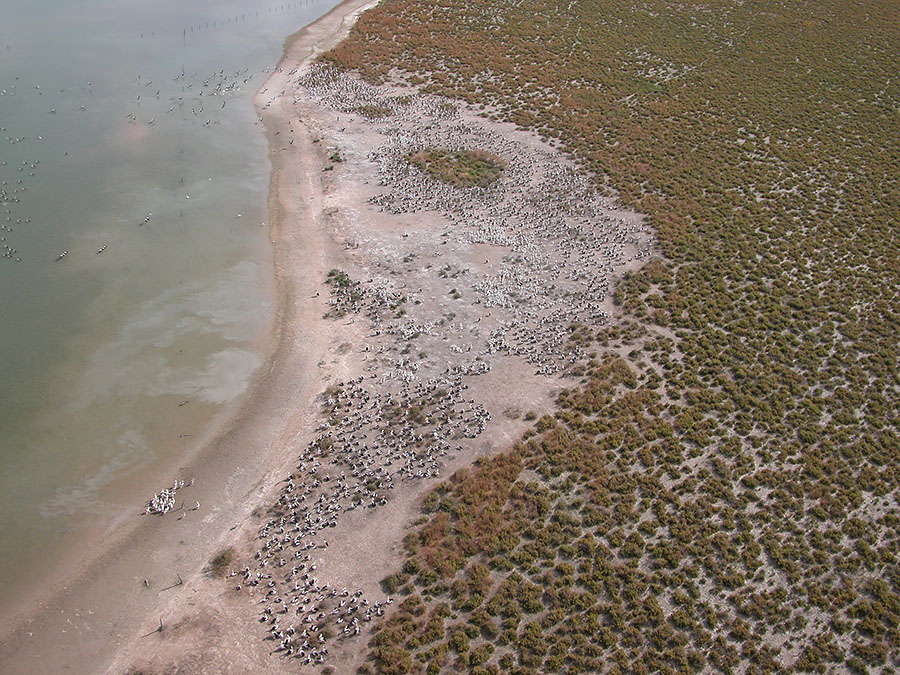|
|
Breeding and moulting (management)Waterbirds breed and nest either as dispersed pairs or in colonies or in loose clusters that are more difficult to define and delineate. Related links Quick facts
Colonial breeding and nestingThere are relatively few sites suitable for colonial breeding and nesting. Consequently, breeding colonies of waterbirds are a rare feature, they are inherently vulnerable to loss and disturbance and are a high management priority. For example, the maintenance and restoration of breeding colonies has been a major factor in the designation of Ramsar sites in the Murray Darling Basin, and in allocations of environmental flows in regulated rivers such as the Gwydir (New South Wales). Overall, the most fundamental requirement for mainland colonies is water and the main areas for colonial breeding for waterbirds in Queensland are in floodplains of river systems that have not been significantly regulated. Changes to water flow have impacted colonial waterbird breeding in other places and is a consideration in water planning in Queensland. Some mainland colonies are protected and managed on State land such as parks and reserves, while many are on freehold or leasehold land and need landholder involvement in management. Conservation actions need to be considered as part of the landscape, as well as at a local scale. Actions that reduce woody or shrub vegetation at colony sites should be avoided. Management strategies may need to be put in place to reduce predation as many colonies at ground level may be at risk due to predators, such as feral pigs, wild dogs, feral cats and foxes. Predation of young and sitting adults may be greatest where the birds nest on land-connected sites, such as spits. Early drying out of a nesting lake may also increase risks from predation. Dispersed breeding and nestingAs dispersed-breeding waterbirds occupy many more sites and habitats than colonial waterbirds and can nest in very small wetlands, protection or enhancement of their breeding is in some ways easier to achieve but is also more complex to manage comprehensively. For most species, conservation planning is greatly hampered by poor knowledge of breeding habits and requirements and often by the inherent difficulties in determining which waterbird species are nesting at a site. As with colonial breeding waterbirds, the most fundamental requirement for breeding is water supply and important areas for dispersed breeding by waterbirds are in floodplains of river systems with unaltered water flow. Actions that reduce water supply or wetland vegetation should be avoided or reconsidered, including large scale or persistent burning. Control of weeds and feral animals is likely to be beneficial to dispersed-breeding waterbirds. MoultingSurveys of waterbirds should establish the likelihood of species moulting at a site. Management should include actions to provide suitable habitat for moulting and the avoidance of human disturbance. In particular motorised water craft should be avoided where birds are moulting. References
Last updated: 25 February 2015 This page should be cited as: Department of Environment, Science and Innovation, Queensland (2015) Breeding and moulting (management), WetlandInfo website, accessed 8 May 2025. Available at: https://wetlandinfo.des.qld.gov.au/wetlands/management/bird-management/other-waterbirds/breeding.html |

 — Department of the Environment, Tourism, Science and Innovation
— Department of the Environment, Tourism, Science and Innovation


